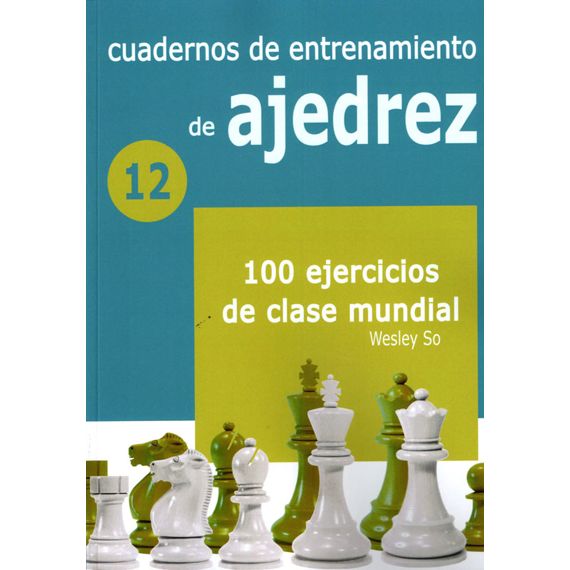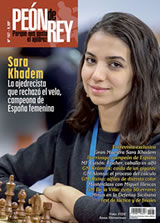Necessary cookies help make a website usable by enabling basic functions like page navigation and access to secure areas of the website. The website cannot function properly without these cookies.
| Cookie name |
Provider |
Purpose |
Expiry |
|
cookiesplus
|
www.ajedrez21.com
|
Stores your cookie preferences.
|
1 year
|
|
cp-popup-4
|
www.ajedrez21.com
|
|
|
|
cp-popup-last-displayed
|
www.ajedrez21.com
|
|
|
|
crisp-client/session
|
Crisp Chat
|
Used to make the Crisp Chat consistant when going to your website. Without this cookie, the customer would have a new chat session everytime he switchs to a new page.
|
6 months
|
|
PHP_SESSID
|
www.ajedrez21.com
|
This cookie is native to PHP and enables websites to store serialised state data. It is used to establish a user session and to pass state data via a temporary cookie, which is commonly referred to as a session cookie.
|
Session
|
|
PrestaShop-#
|
www.ajedrez21.com
|
This cookie helps keep user sessions open while they are visiting a website, and help them make orders and many more operations such as: cookie add date, selected language, used currency, last product category visited, last seen products, client identification, name, first name, encrypted password, email linked to the account, shopping cart identification.
|
480 hours
|
|
__stripe_mid
|
STRIPE
|
|
|
|
__stripe_sid
|
STRIPE
|
|
|




































